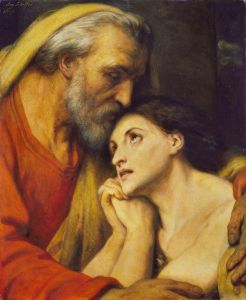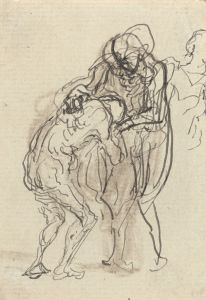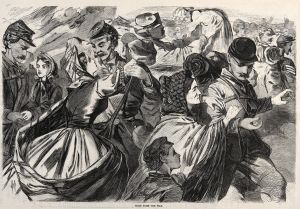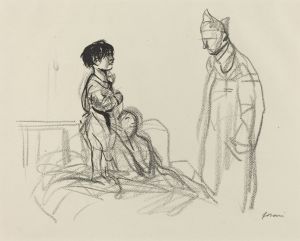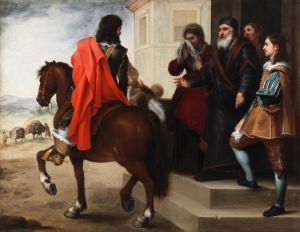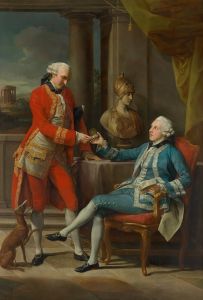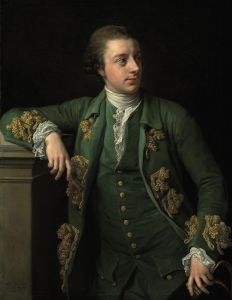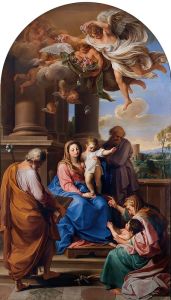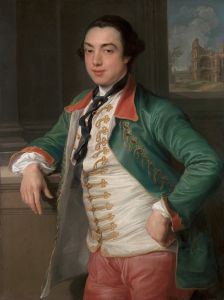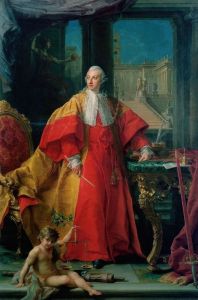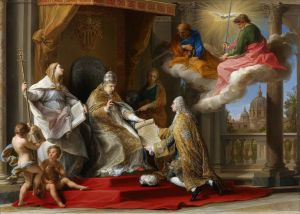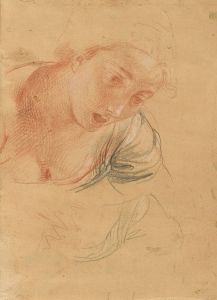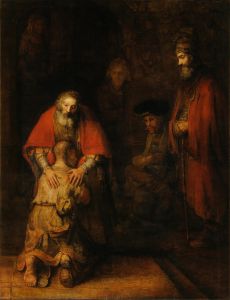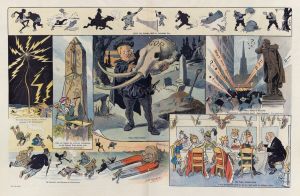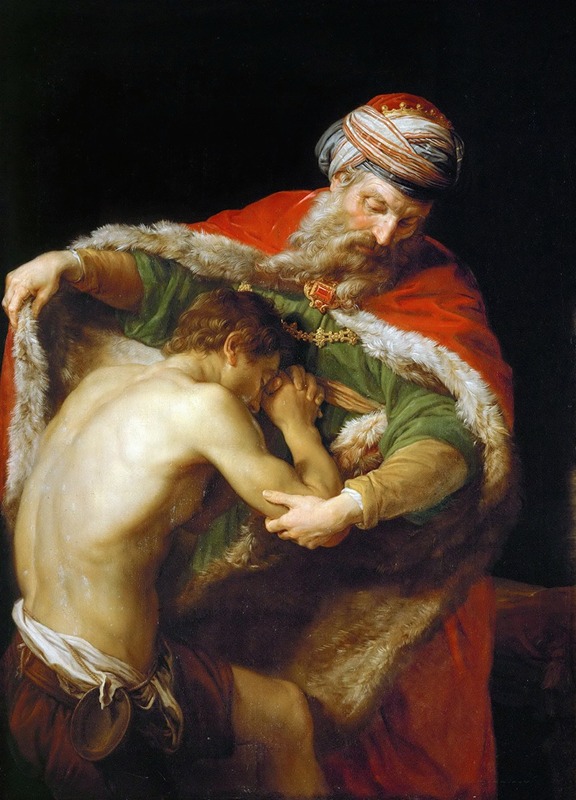
The Return Of The Prodigal Son
A hand-painted replica of Pompeo Batoni’s masterpiece The Return Of The Prodigal Son, meticulously crafted by professional artists to capture the true essence of the original. Each piece is created with museum-quality canvas and rare mineral pigments, carefully painted by experienced artists with delicate brushstrokes and rich, layered colors to perfectly recreate the texture of the original artwork. Unlike machine-printed reproductions, this hand-painted version brings the painting to life, infused with the artist’s emotions and skill in every stroke. Whether for personal collection or home decoration, it instantly elevates the artistic atmosphere of any space.
Pompeo Batoni's "The Return of the Prodigal Son" is a notable work of art that exemplifies the artist's mastery in combining religious themes with the refined elegance of 18th-century painting. Batoni, an Italian painter born in 1708 in Lucca, was renowned for his ability to blend the classical traditions of the Renaissance with the emerging styles of his time, making him one of the most sought-after portraitists and history painters of his era.
"The Return of the Prodigal Son" is based on the biblical parable found in the Gospel of Luke, which tells the story of a wayward son who squanders his inheritance but is warmly welcomed back by his forgiving father. This narrative has been a popular subject in Christian art, symbolizing themes of repentance, forgiveness, and redemption.
Batoni's interpretation of this parable is marked by his characteristic attention to detail and his ability to convey emotion through composition and expression. The painting depicts the climactic moment of the son's return, capturing the emotional reunion between the father and son. The father's open arms and the son's humble posture are central to the composition, emphasizing the themes of forgiveness and reconciliation.
Batoni's use of color and light in this painting is particularly noteworthy. He employs a warm palette that enhances the emotional intensity of the scene. The figures are illuminated with a soft, almost divine light, which not only highlights their expressions but also adds a spiritual dimension to the work. This use of light is a testament to Batoni's skill in creating depth and atmosphere, drawing the viewer into the narrative.
The painting also reflects Batoni's classical training and his admiration for the works of the Renaissance masters. The figures are rendered with a sculptural quality, and the composition is balanced and harmonious, demonstrating Batoni's understanding of classical principles of art. The drapery of the figures' clothing is meticulously painted, showcasing Batoni's attention to texture and form.
Throughout his career, Batoni was known for his ability to infuse his works with both technical precision and emotional depth. "The Return of the Prodigal Son" is a prime example of this duality, as it combines a poignant narrative with the refined aesthetic that characterized much of Batoni's oeuvre.
This painting is part of Batoni's broader body of work that includes both religious and secular subjects. While he gained fame for his portraits of European nobility and travelers on the Grand Tour, his religious paintings, such as this one, demonstrate his ability to convey complex theological themes with clarity and beauty.
"The Return of the Prodigal Son" remains an important piece within Batoni's portfolio, reflecting the artist's skill in storytelling through art and his ability to capture the human experience with empathy and grace. As with many of Batoni's works, this painting continues to be appreciated for its artistic merit and its ability to communicate timeless themes that resonate with audiences even today.





